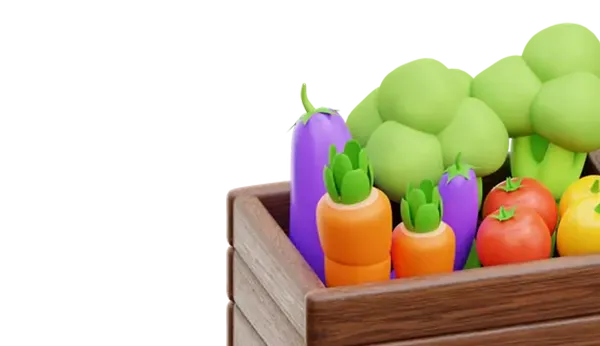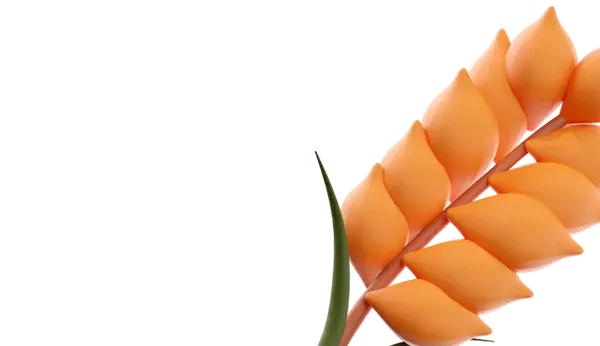By the end of March and the beginning of April of the current year, global wheat prices continued to rise. The increase in prices was particularly noticeable in the following positions:
- soft red winter wheat on the Chicago Exchange (CBOT, ZW), which rose to 529.00 cents per bushel, an increase of 0.14%;
- hard red winter wheat on the Kansas Exchange (KCBT, KE), with a price of 557.50 cents per bushel, corresponding to a growth of 1.04%;
- hard red spring wheat on the Minneapolis Exchange (MGE, MWE), with a price increase to 584.50 cents per bushel, representing a growth of 0.60%.
The contract price for corn on the Chicago Exchange (CBOT, ZC) also rose to 460.25 cents per bushel, a 1.54% increase. The price of rice in Chicago (CBOT, ZR) decreased to $13.07 per hundredweight, a 3.33% decrease.
Sea indicative prices for wheat from Russian exporters (FOB Black Sea) also continued to rise:
- wheat rose to $247.30 per ton, a 0.49% increase;
- barley remained at $204.00 per ton;
- corn also maintained its price at $220.90 per ton.
The Russian Wheat Index on RTS contracts on the CPT Novorossiysk system decreased to 18350 rubles per ton, showing a 1.61% decrease.
Prices for the purchase of domestic 4th class sorted grain with a protein content of 12.5% at port elevators of the Black and Azov Seas are as follows:
- Novorossiysk – 18850 (+200) rubles per ton;
- Taman – 17700 (-100) rubles per ton.
GRAIN MARKET NEWS
• According to the Ministry of Agriculture of Russia, rains improved the condition of winter crops in the country's regions. However, due to the dry autumn last year, there was slightly less moisture in the south and the North Caucasus. Overall, the situation is stable, there is no information about significant losses, and the plants are developing normally.
• Spring sowing has begun in several regions of Russia. In the Belgorod region, about 70% of municipalities have already started sowing spring cereals and leguminous crops, accounting for approximately 9% of the plan. Weather conditions in the Tambov region allowed work to start earlier than last year. In the Tver region, spring work also started on time. In the Lipetsk region, sowing of 11.8 thousand hectares of spring cereals and leguminous crops has already been completed. In the Rostov region, sowing has started in all 43 districts, with grain and leguminous crops being sown on 253 thousand hectares, which is 33.3% of the plan. In the Kursk region, farmers have already begun sowing early spring cereals. In the Stavropol region, corn sowing has begun.
• In the coming years, an increase in the insured area of agricultural crops in Russia up to 21% (16 million hectares) is expected. In 2024, the share of insured crops reached 19.5% or 15.3 million hectares. Last year, a record amount of insurance payments was made, totaling 8.8 billion rubles.
• The Ministry of Agriculture of the Russian Federation has allocated an additional part of the wheat export quota from February 15 to June 30, 2025. The main volume of the quota was distributed among 219 companies. About 1.777 million tons of quota still needs to be allocated. The total quota volume this year is 10.6 million tons.
• The Hydrometeorological Center predicts increased temperatures in all regions of Russia from April to September, which may affect the vegetation period. Regions in the south of the European part of Russia (southern Central Chernozem region, Krasnodar Krai, Stavropol, and Rostov region) are expected to experience not only temperature increases but also a deficit of precipitation.
• Currently, the Russian Ministry of Industry and Trade supports the idea of indexing prices for mineral fertilizers, as the current prices were set in 2021 and no longer correspond to reality. At the same time, the Ministry of Agriculture of the Russian Federation does not believe that selling prices should be revised. Potential price increases may complicate the availability of fertilizers for farmers and increase costs for agricultural production. The Ministry is ready to consider proposals from stakeholders to develop optimal solutions.
• Russia has launched a new program in the field of agricultural machinery aimed at improving the technological potential of the agricultural sector. The total funding within the "Agricultural Machinery and Equipment" program amounts to over 15.8 billion rubles, with additional investments of about 2.7 billion rubles. It is planned to develop at least 27 new types of agricultural machinery by 2030, including modern tractors, grain combines, sprayers, and fertilizer applicators.
• Export duties on grain crops in Russia began to increase from April 9 of the current year.
BELARUS
• In Belarus, about 70% of the planned area for early spring crops has been sown. Some farms in the Brest region have already started the corn sowing process.
KAZAKHSTAN
• In Kazakhstan, work is actively underway to modernize railway junctions on the border with Russia to increase the capacity of trains. Out of 9 junctions, 5 have already been modernized, which will increase the train capacity by 20%.

 Trading platform
Trading platform 
 Monitoring
Monitoring  Express applications
Express applications 
 Fork Work
Fork Work 
 Service
Service  News
News  Directory
Directory 













